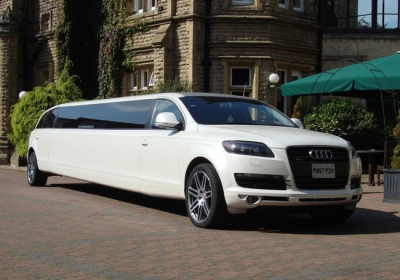 In a race between human and machine, humans prevailed as a human driver defeated a robot driver to complete a lap around the circuit at the Thunderhill Raceway in California.
In a race between human and machine, humans prevailed as a human driver defeated a robot driver to complete a lap around the circuit at the Thunderhill Raceway in California.
The Human V Machine race took place between an Audi TTS that can drive itself and its human counterpart who was familiar with the circuit. The race was part of a research to develop control systems to create more autonomous domestic cars.
The robot car called Shelley was developed by the research team at the Centre for Automotive Research at Stanford University (Cars), and is fitted with sensors that control it allowing for a driverless ride. The sensors can work out the car’s position on the road, transfer information about the grip of its tyres and calculate the best routes around the circuit.
Cars Lab chief Prof Chris Gerdes said they chose Thunderhill to carry out the race because the circuit boasted 15 turns that would create many challenges for the robot car’s control systems. Shelly was challenged by a Thunderhill Raceway staff who is familiar with the circuit and beat the robot car narrowly by being three seconds faster.
Prof Gerdes said: “What human drivers do consistently well is feel out the limits of the car and push it just a little bit further and that is where they have an advantage.”
The results of the race have been computed and calculated to see how to improve the robot car’s performance. Prof Gerdes said: “”We’re learning what they are doing and it’s those counter-intuitive behaviours that we are planning to put in the algorithm.
“Our ultimate objective is not really to robotify [car racing] but to take these sorts of technologies, learning from the very best human drivers and turn those into safety systems that can work on cars.”




